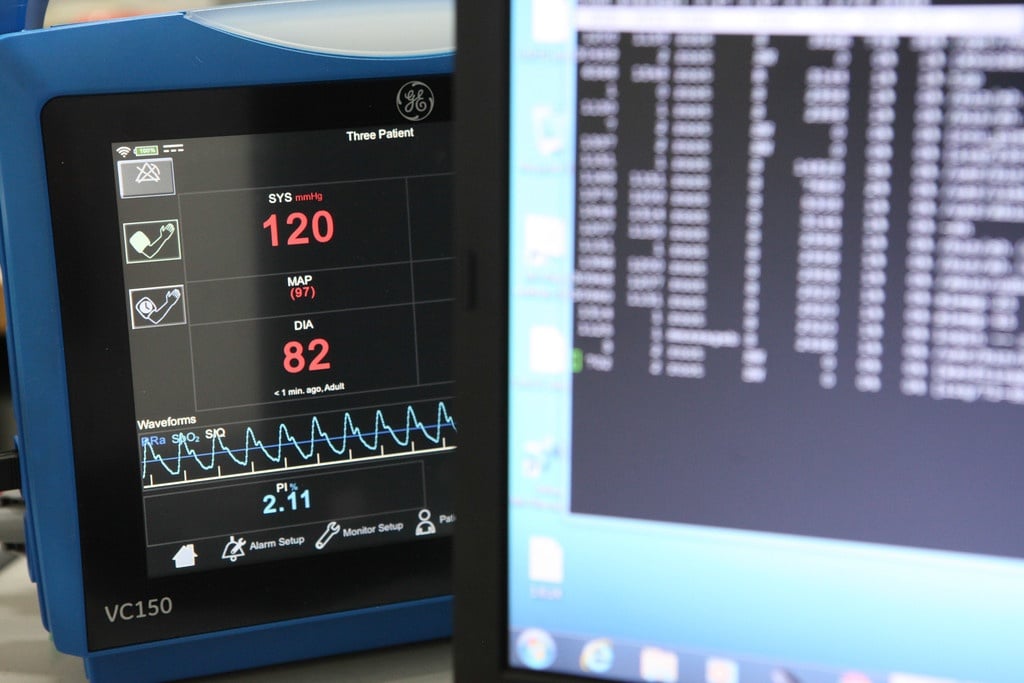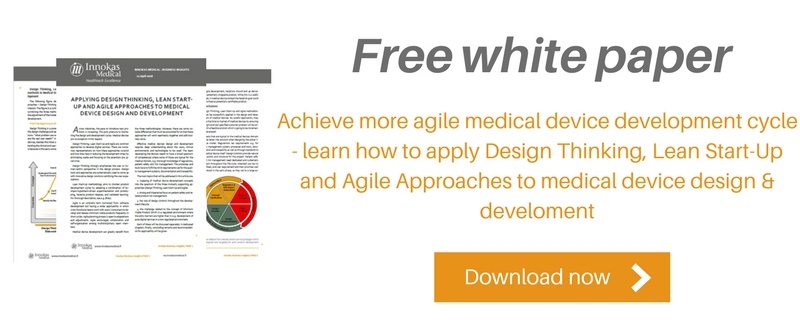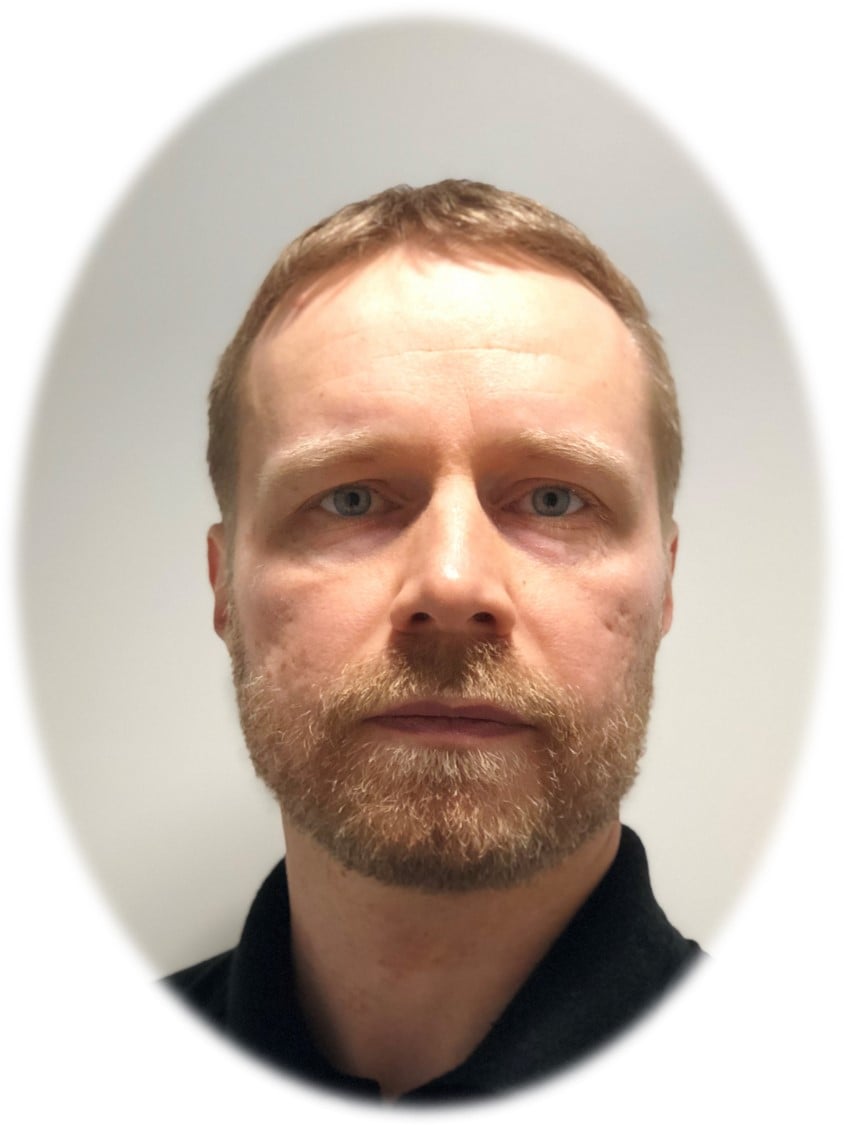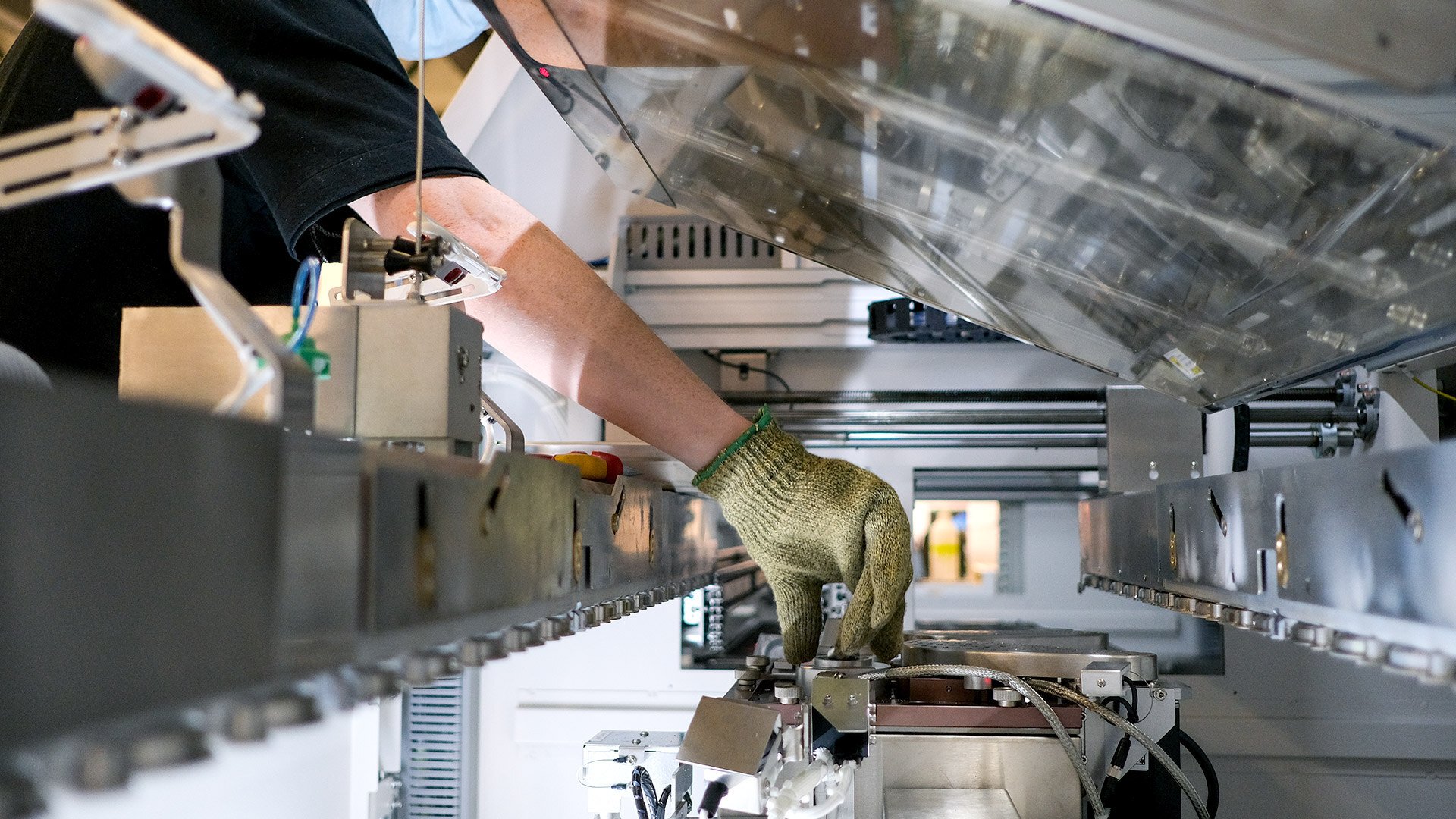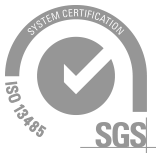We’re living in an amazing world where the new technologies and the science itself enable new kinds of miracles happen in saving peoples’ lives and in improving their well-being. In recent years, one of the main growing trends in the medical field has been software. Due this, different kinds of design challenges, which were previously solved by mechanical and hardware solutions, are now more and more being solved with software. Additionally, the role of connectivity and wireless features in future medical devices will increase software complexity even more.
It’s clear that by cause of this trend, the amount of software in devices used for patient treatment is increasing all the time. Utilizing software in medical devices brings new kind of playground for innovators in the field as it opens-up completely new range of opportunities in creating next generation innovations to save lives and to improve peoples’ well-being all over the world. Thus, we see the increasing scope of SW in the medical device industry very fascinating.
Due to this trend, the companies need to be able to develop even more complex solutions, but still allow maintainability and testability over the long life-cycle of a medical device - while at the same time meeting the growing regulatory requirements as well as end-users’ needs. Additionally, the development cycles should be closer to consumer electronics and allow agility for changes.
Keeping up with the global competition requires continuous development work from companies – both in software development itself but also in their SW testing procedures and working practices.
SW testing is required in the name of reliability and quality assurance
While software brings new kinds of possibilities for medical device developers by improving, e.g., usability and data processing, implementing more of the features with software moves also risks and safety requirements to software domain. These kinds of risks and safety requirements are very crucial to understand and master, as well as to apply them in practice.
This is because in the medical field, if there are software errors, it may - in the worst-case scenario - predispose several patients to an injurious treatment or even a death. It’s clear that the possible errors must be detected and fixed already before the final product reaches the customer or the end user - to avoid compromising patient safety.
Therefore, in addition to software development itself, the software verification and validation is a very important part of the product development process of any design and development company. Mastering the software testing process comprehensively and effectively is - and will be - one of the hot topics of the field. This is because the main purposes of SW testing is to ensure that all the required criteria are met and that your regulated medical device, which includes software, is safe, effective and suitable for its intended use.
More agile launching schedule can be achieved by co-creation and user driven development methods
Developing software for regulated medical devices, that are more complex and yet easy-to-maintain and -test, and which meets both requirements and end-users needs, is often seen to slowing down the development project schedule. Yes, it may happen - at least if the company is not using today’s efficient and modern ways of working when developing and testing software.
If we first talk about SW testing, there are many ways to create testing procedures and methods for your software. But it’s true that all of them do not support more agile development cycles. Earlier, the software testing was most likely carried out in accordance with the V-model, where the testing was carried out not until the final stages of the design project, and it focused only on a functional verification. This may have caused many unnecessary re-design rounds for already once coded SW.
Thus, to achieve more agile development cycles for medical devices - while at the same time mastering all the risks and safety requirements of the software developed - the software testing should be carried out iteratively as an integral part of the software development process itself. In addition, the long-term reliability testing and/or risk-based testing are something companies should invest in.
And what comes to actual software development, in our opinion, the development project itself should be conducted in close co-creation between all parties - including end-users. If the software developer can utilize the experience of clinical nursing staff with appropriate feedback during different stages of the project, they will be able to develop a well-designed, efficient and user-friendly solution faster.
This is because in more traditional product development models the usability feedback is gathered closer to the end of the product development project. And if there are any corrective actions or changes that should be made, the SW must be rewritten and some of the already made effort has been wasted. When choosing more modern, user-driven approach, where the usability tests are started already before the actual software implementation is started, both time and money can be saved significantly. This is because you will be able to, for example, avoid the redesign rounds, which are typically the most expensive ones in terms of time and effort spent on the changes that must be made on both documentation and software.
Therefore, we see that companies in the field MUST invest in developing their SW development processes, SW testing processes as well as tools and working practices. They should also make sure that they have the most talented experts in-house, who got the know-how of the SW field in medical devices and recognize the need for continuous improvement.
Alternatively, you can co-create with an expert in the field, who has the talents, working methods and procedures already in-house. During the proven track record in different kinds of projects, the company’s capabilities as well as knowledge within software and software testing are most likely in a good shape, which will surely benefit you as their customer when you’re co-creating new medical innovations together. If you decide to co-create with a partner company, make sure that the company has software development process built according to IEC 62304 standard – this is a must to get your device to the market.
This blog post was one writing in a blog post series of creating next generation medical devices in more agile way. In addition to the importance of taking SW development and SW testing into account, the whole medical device development process should follow certain rules and best practices to achieve more agile medical device development cycle. According to our studies, the commonly known three methodologies of product development - Design Thinking, Lean Start-Up and Agile methodologies - are something that can be successfully applied to the design and development of medical devices. When done properly, they reduce the time to market of the device by ensuring that right and well specified customer problem will be solved with a feasible solution, which is going to be incrementally developed.
In our free White Paper we describe in a detailed level how to get high-quality medical product to the market as quickly as possible by using these three methodologies. Please, download yours below!



